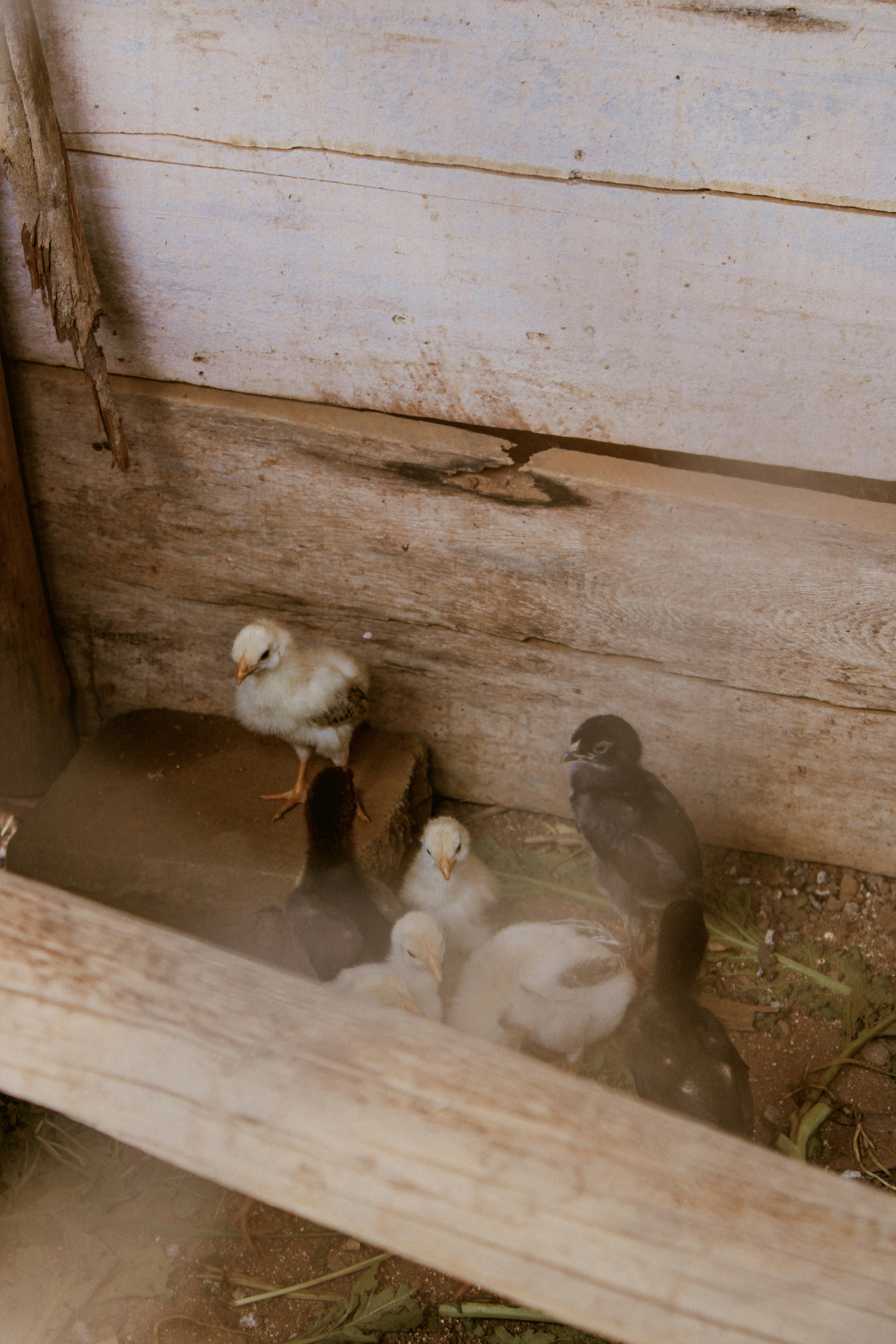Understanding Chick Needs
Awareness of the fundamental needs of chicks is essential for anyone looking to raise healthy poultry. Chicks require a warm and safe environment, as their bodies are not able to regulate temperature effectively in the early stages of life. The ideal temperature for newly hatched chicks should be approximately 95°F (35°C) during the first week, gradually decreasing by 5°F (about 3°C) each subsequent week until they are fully feathered. Utilizing a heat lamp or brooder can help maintain these temperatures, ensuring that the chicks remain comfortable and stress-free.
Space is another critical factor in raising chicks. Providing adequate space allows for social interaction and exercise, crucial for their growth and overall well-being. A general guideline is to offer approximately 0.5 square feet per chick during the first few weeks, increasing to around 2 square feet per chick as they mature. Crowding can lead to stress and aggressive behavior, which may adversely affect their health. Therefore, ensuring a spacious and secure area contributes significantly to raising thriving chicks.
Nutritional needs are of prime importance as well. Chicks require a balanced diet tailored to their age and developmental stage. Starter feed with a high protein content, usually between 18-20%, is ideal for chicks from hatch until about six weeks of age. It is also crucial to provide clean, fresh water at all times, as hydration impacts their growth. Furthermore, feeding schedules should be consistent to regulate their eating habits effectively. Recognizing and addressing these essential care needs establishes a strong foundation for the growth and vitality of your chicks, ultimately supporting their health and productivity in the long term.
Creating a Safe and Comfortable Brooder Environment
When establishing a suitable brooder environment for your chicks, several factors must be considered to ensure their health and well-being. The brooder should be spacious enough to accommodate the number of chicks, allowing them to move freely and avoiding overcrowding. A general guideline is to provide at least 0.5 square feet of space per chick. Common materials for brooders include plastic storage bins, cardboard boxes, or wooden crates, all of which can be modified to suit your needs.
Bedding is a crucial component for comfort and insulation in the brooder. Suitable options include pine shavings, straw, or shredded paper. These materials are absorbent and help maintain a clean environment. Avoid using cedar shavings, as they can emit oils that are harmful to young chicks. In addition to bedding, ensure you place the brooder in a draft-free location to protect the chicks from cold air currents, which can lead to stress or illness.
Heat sources are vital for maintaining the proper temperature within the brooder. An infrared heat lamp or a heating plate can provide the necessary warmth for the chicks. It’s important to position the heat source at one end to create a temperature gradient, allowing the chicks to move to cooler areas if they get too warm. The ideal temperature for newly hatched chicks is around 95°F, gradually decreasing by 5°F each week until they are fully feathered.
Proper ventilation is another essential factor in creating a suitable brooder environment. Ensure there are adequate air holes or a mesh side to allow for air exchange while preventing drafts. Additionally, consider incorporating safe objects for the chicks to explore, such as small toys or natural materials. This will help stimulate their natural behaviors and reduce stress, as they will have the opportunity to engage in pecking, scratching, and exploring, leading to healthier and happier chicks.
Preventing Common Health Issues in Chicks
Raising healthy chicks is essential for any poultry keeper. However, they are susceptible to various health issues that can impede their growth and overall well-being. Common health problems affecting chicks include respiratory issues, pasty vent syndrome, and various infections. Recognizing the early signs of distress or illness is paramount in preventing these conditions from escalating.
Respiratory issues in chicks often manifest as coughing, wheezing, and nasal discharge. These symptoms can be indicators of underlying infections or environmental stressors such as poor ventilation or respiratory irritants. Maintaining adequate airflow in the chick housing and minimizing exposure to dust and ammonia from droppings is crucial for respiratory health.
Pasty vent syndrome is another prevalent issue where droppings accumulate around the chick’s vent, blocking waste elimination. This can lead to severe health problems if not addressed immediately. To prevent this condition, ensure that chicks have access to clean water and a balanced diet, which aids in healthy digestive function.
Vaccination is a critical component in safeguarding chicks against common diseases. Following a vaccinating schedule as recommended by avian veterinarians helps fortify the chicks’ immune systems early on. Additionally, implementing solid biosecurity practices, such as isolating new birds before introduction and ensuring that all visitors practice hygiene, can significantly reduce the risk of disease transmission.
General hygiene practices are vital to minimizing health risks. Regular cleaning of housing areas, elimination of waste, and providing fresh bedding create a healthy living environment. By taking these preventive measures seriously, poultry keepers can enhance the likelihood of raising robust and thriving chicks, leading to a productive flock.
Transitioning Chicks to Outdoor Living
As chicks mature, the transition from indoor living to the outdoors is a significant step in their growth. Typically, chicks can begin this transition around 6 to 8 weeks of age, provided they are fully feathered. Feathering is essential as it enables them to regulate their body temperature effectively when exposed to outdoor elements. Prior to this age, chicks are more vulnerable to temperature fluctuations, which can lead to stress and health issues.
The acclimatization process is critical for ensuring that the chicks adapt comfortably to their new environment. Gradually introducing them to the outdoors is advisable; start by allowing them to explore a secure outdoor space for short periods. Begin with approximately 30 minutes of supervised time in a small, enclosed area, and gradually increase the duration over several days. This step helps chicks acclimate to the sights, sounds, and smells of the outdoor environment, reducing the likelihood of shock.
Creating a secure coop is vital when transitioning chicks outdoors. The coop should be well-ventilated yet protected from harsh weather and predators. It is beneficial to include bedding made of straw or shavings to provide comfort and absorb moisture. Furthermore, ensure that food and water are readily available in the coop at all times. Chicks will require a balanced diet rich in protein and calcium, which supports their development, especially during this transitional phase.
Moreover, maintain a routine for food and water checks, as outdoor living can lead to increased consumption. Monitoring their behavior and health during this transition will help detect any signs of stress early, enabling prompt adjustments to their living conditions. By carefully planning and implementing these tips, you can ensure your chicks thrive in their new outdoor environment, fostering their health and well-being as they grow into healthy adult chickens.








